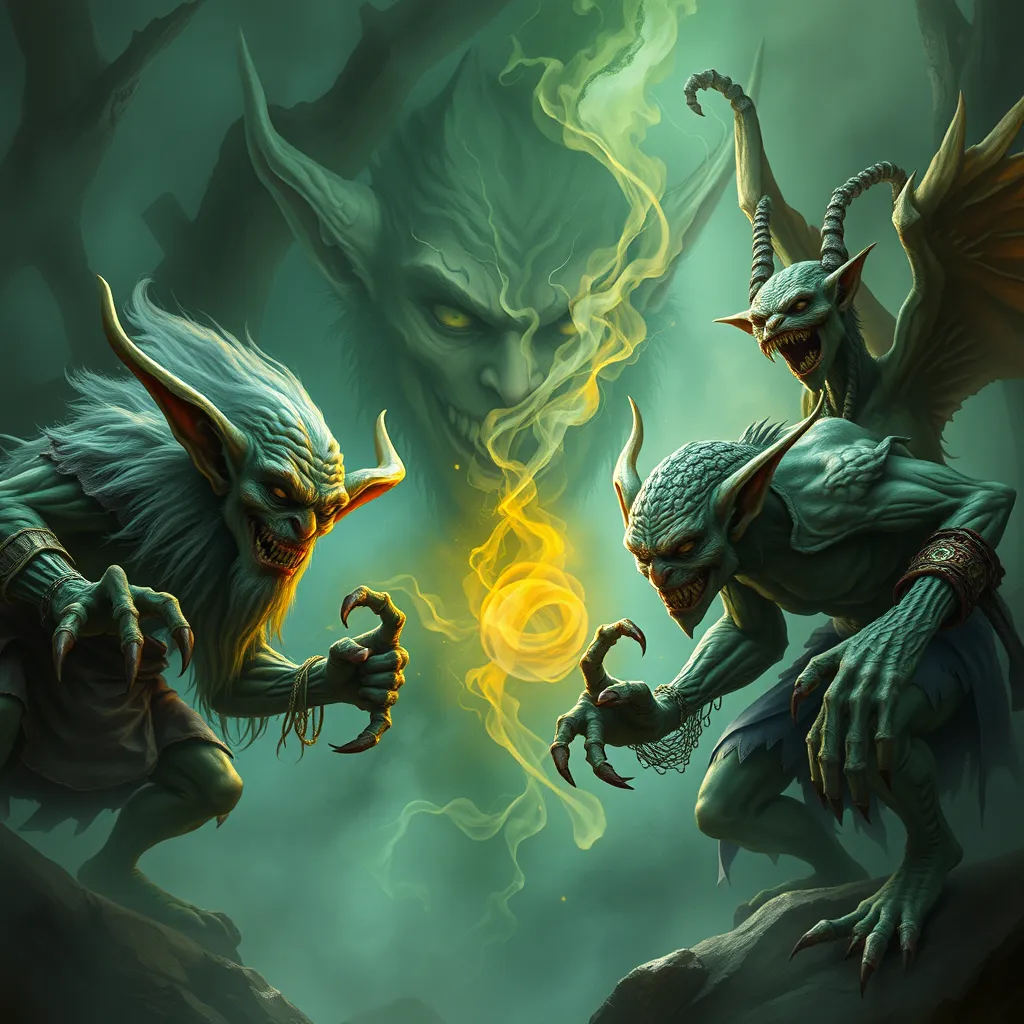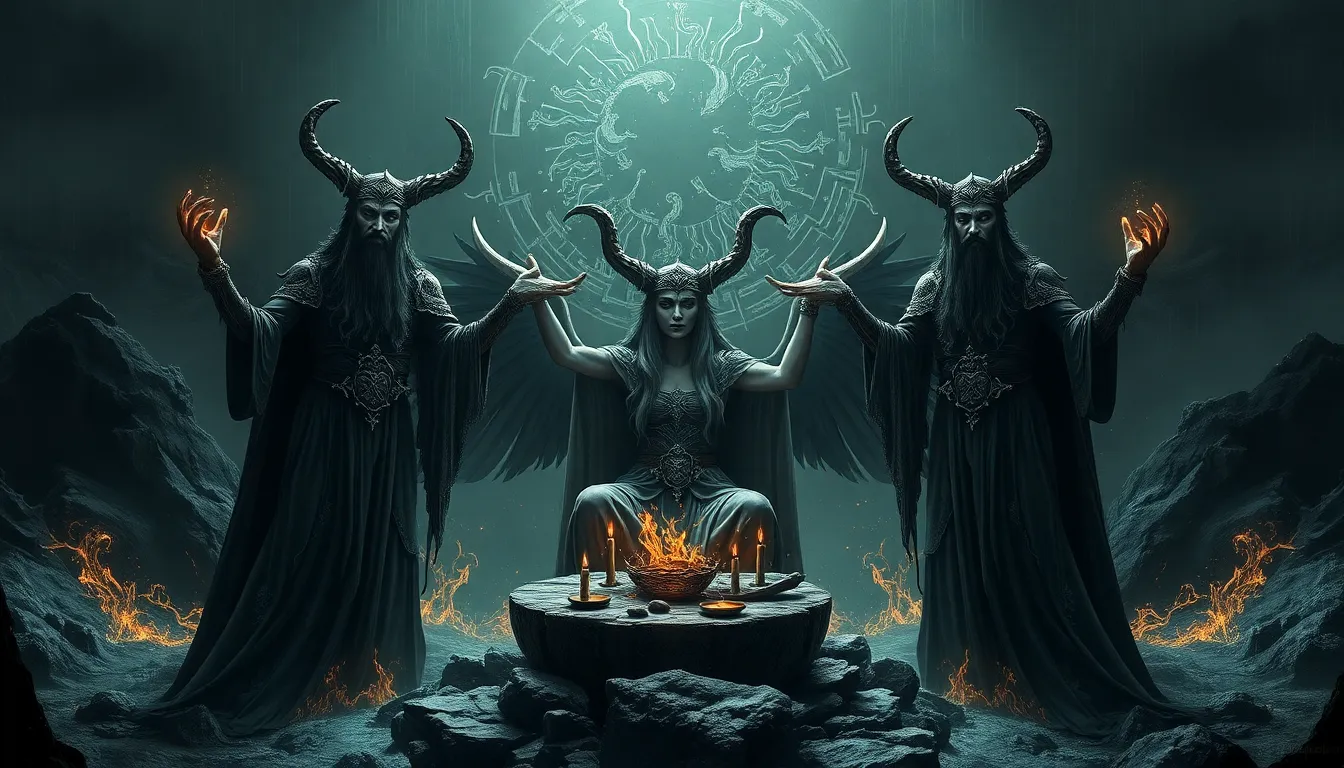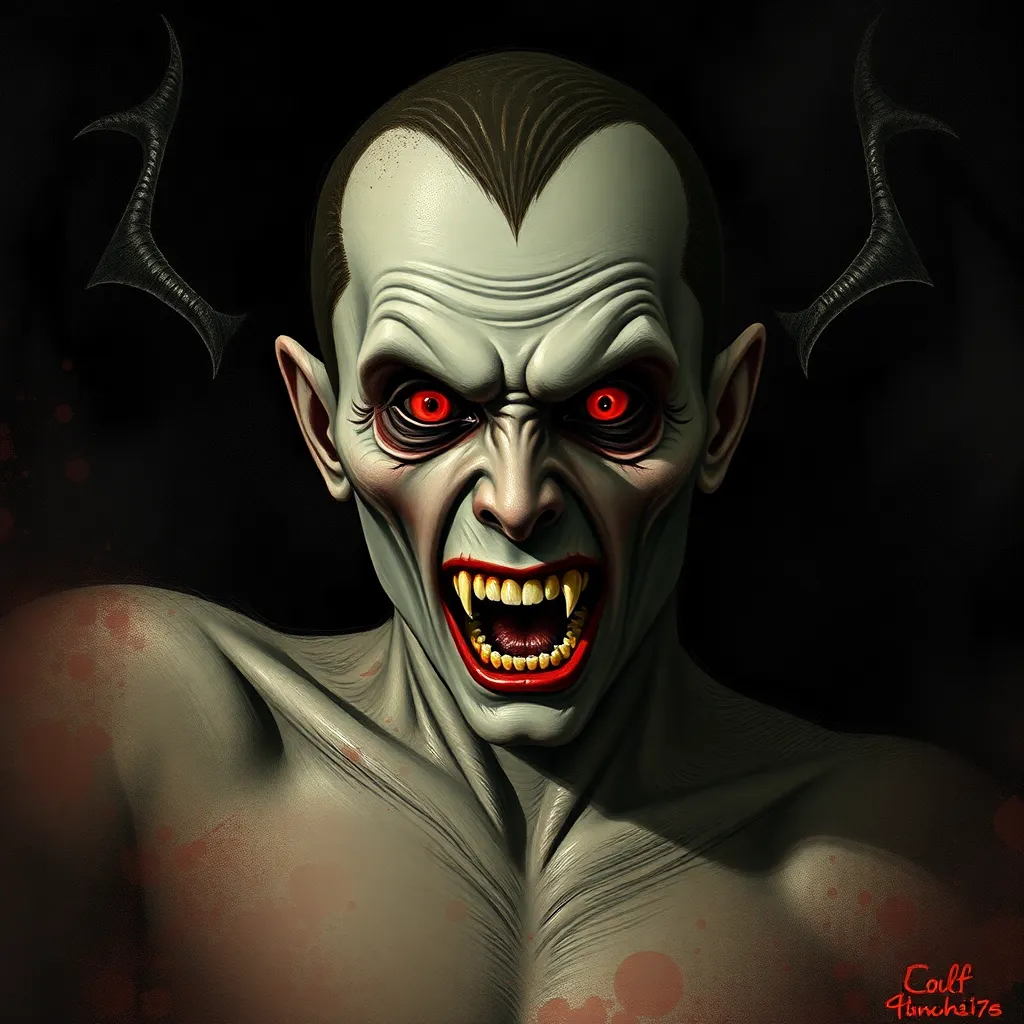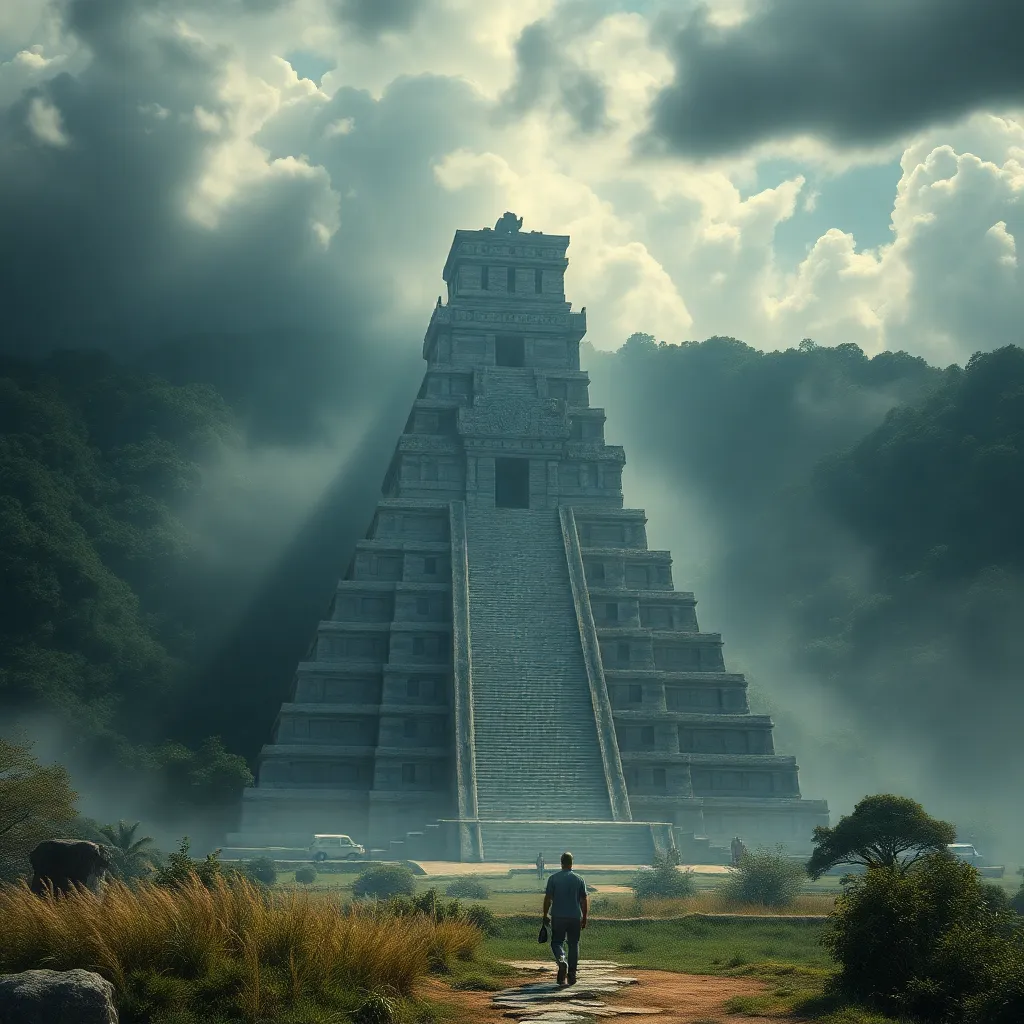Goblin Transformations: Shapeshifting Legends and Shapeshifting Goblins
I. Introduction
Goblins are fascinating creatures that have captured the imagination of people through generations of folklore. Traditionally depicted as mischievous or malevolent beings, they often embody themes of trickery and transformation. This article aims to explore the concept of shapeshifting within goblin lore, examining how these transformations are not merely physical alterations but profound reflections of identity, culture, and society.
II. The Mythical Origins of Goblins
A. Historical Background of Goblin Folklore
The roots of goblin folklore can be traced back to medieval Europe, where they were commonly associated with the supernatural. Emerging primarily from Germanic and Celtic traditions, goblins were often seen as spirits of the earth or guardians of treasures. Over time, their characteristics evolved, leading to the myriad representations we see today.
B. Variations of Goblins Across Different Cultures
- English Folklore: Goblins are often portrayed as small, green-skinned creatures known for their trickery.
- German Folklore: The term “kobold” refers to household spirits, sometimes helpful but often mischievous.
- Japanese Folklore: Creatures like the “yokai” share similarities with goblins, displaying shapeshifting abilities.
C. The Significance of Shapeshifting in Mythological Narratives
Shapeshifting often serves as a symbolic act in mythology, representing the fluidity of identity and the complexities of human nature. For goblins, this ability enhances their role as tricksters, enabling them to deceive and outsmart their foes.
III. Shapeshifting Legends: A Comparative Analysis
A. Common Themes in Shapeshifting Legends
Shapeshifting legends across cultures often share similar themes, such as:
- Transformation as a means of escape or survival.
- The duality of nature, representing both good and evil.
- The consequences of deception and the quest for identity.
B. Prominent Shapeshifting Creatures in Various Mythologies
Besides goblins, several creatures are renowned for their shapeshifting abilities:
- Werewolves: Humans who transform into wolves during the full moon.
- Kitsune: Japanese fox spirits that can transform into beautiful women.
- Selkies: Mythical beings from Scottish folklore that can shift from seals to humans.
C. The Role of Goblins Within These Narratives
Goblins often serve as intermediaries in shapeshifting legends, facilitating the transformation between worlds. Their playful yet unpredictable nature allows them to embody the chaos that accompanies change.
IV. Famous Goblin Transformations in Folklore
A. Notable Tales of Goblins that Shapeshift
Several tales highlight goblin transformations, such as:
- The Goblin Market: A poem by Christina Rossetti that explores themes of temptation and sacrifice.
- The tale of the Goblin and the Girl: A story where a goblin transforms into a handsome prince to win a maiden’s heart.
B. Analysis of Specific Stories
In “The Goblin Market,” the goblins are depicted as seductive and dangerous, illustrating how transformation can be both alluring and perilous. The story examines the consequences of succumbing to temptation and the importance of sisterly bonds.
C. The Implications of Transformations in These Tales
In many goblin tales, transformations often carry moral lessons. The goblin’s ability to change form serves as a metaphor for the complexities of human desire, trust, and betrayal.
V. Goblins in Modern Popular Culture
A. Representation of Goblins in Literature, Film, and Games
In contemporary media, goblins have been portrayed in various ways, from malevolent creatures in horror films to comical sidekicks in fantasy settings. Examples include:
- The Hobbit: J.R.R. Tolkien’s portrayal of goblins as sinister beings.
- Harry Potter: Goblins serve as bank tellers, showcasing a more nuanced view of their character.
- Video Games: Games like Dungeons & Dragons feature goblins as both enemies and allies.
B. How Modern Portrayals Reflect or Diverge from Traditional Legends
Modern portrayals often diverge from traditional goblin legends, emphasizing their comedic aspects rather than their sinister roots. This shift reflects changing societal views on what goblins represent.
C. Influence of Popular Culture on the Perception of Goblin Shapeshifting
As goblins continue to appear in various media, their shapeshifting abilities are often downplayed in favor of more relatable traits. This evolution affects how audiences perceive goblins, shifting them from fearsome tricksters to misunderstood characters.
VI. Symbolism of Goblin Transformations
A. Psychological Interpretations of Shapeshifting in Folklore
Shapeshifting can be interpreted through a psychological lens, symbolizing the struggle for identity and acceptance. Goblins, as shapeshifters, represent the societal pressures to conform and the desire for personal freedom.
B. Themes of Identity, Deception, and Transformation
Goblins’ transformations highlight themes of duality, exploring the tension between one’s true self and societal expectations. The act of changing form often serves as a commentary on the nature of self-perception and the masks people wear.
C. The Societal and Cultural Implications of Goblin Transformations
In folklore, goblin transformations can reflect societal fears and desires. They challenge the boundaries of normality, prompting discussions about acceptance and the consequences of embracing one’s true nature.
VII. The Role of Goblins in Contemporary Fantasy
A. Evolution of Goblin Characters in Fantasy Genres
In modern fantasy literature and gaming, goblins have evolved significantly. They are often portrayed as complex characters with rich backstories, diverging from their traditional roles as mere antagonists.
B. Exploration of Shapeshifting Mechanics in Fantasy Gaming
Games like “World of Warcraft” and “Dungeons & Dragons” incorporate shapeshifting mechanics, allowing players to explore themes of transformation actively. This interactivity provides a new dimension to the traditional goblin narrative.
C. How Contemporary Narratives Shape the Future of Goblin Lore
As narratives around goblins continue to evolve, they challenge traditional perceptions and explore new themes. This evolution will shape the future of goblin lore, allowing for richer, more diverse representations.
VIII. Conclusion
In conclusion, goblin transformations in folklore and culture serve as powerful narratives that explore identity, deception, and transformation. These stories reflect our societal values and fears, inviting further exploration into the rich tapestry of goblin lore. The enduring legacy of goblin shapeshifting reminds us of the complexities of human nature and the stories we tell about ourselves.
As we continue to engage with goblin lore in various forms, we are invited to reflect on our own transformations and the meanings they hold in our lives.



